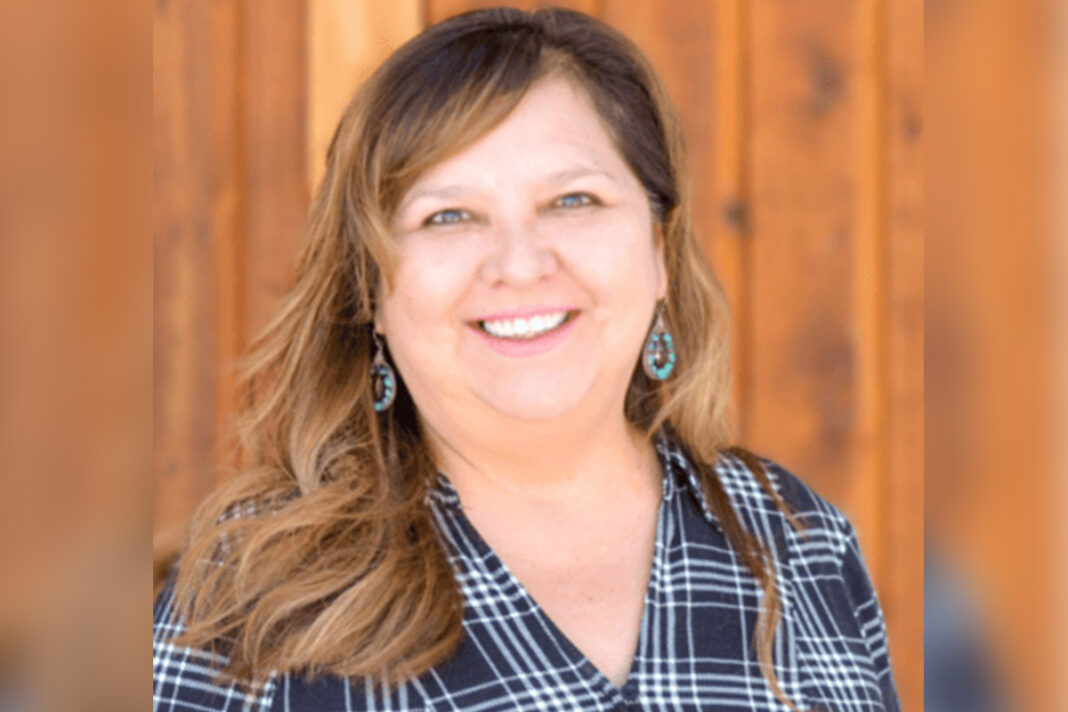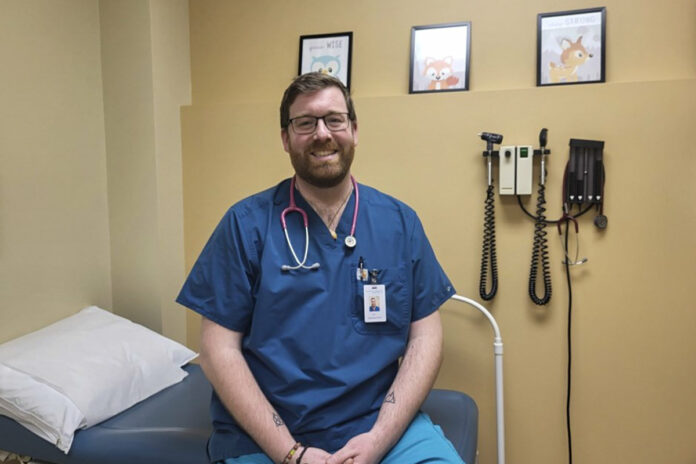ONTARIO—Indigenous Institutes Consortium (IIC) post-secondary education, which includes Kenjgewin Teg on M’Chigeeng First Nation is on the brink of collapse unless stable and equitable funding is provided by the government.
The IIC, made up of seven Indigenous post-secondary schools said in a release February 27, “Yesterday’s announcement of $1.3 billion over three years for colleges and universities by the Ontario government once again prioritizes the funding of mainstream post-secondary institutions while the urgent needs of Indigenous institutes are ignored.”
“We are deeply disappointed in the announcement made by the provincial government,” Marsha Josephs, executive director of IIC told The Expositor. “It reinforces the fact that Indigenous learners are not a priority of the government, and not treated equally as main-stream post-secondary institutions.”
Ms. Josephs said Indigenous education institutes “will be forced to close programs or completely close which will be detrimental to learners in the community. Our educational institutions are not a priority and is not a priority for the government, as they are not insuring equal access.”
“Yes, some will have to contemplate closure,” said Ms. Josephs.
“We currently manage 35-40 funding agreements in order to do the work we do,” said Beverley Roy, president of Kenjgewin Teg (KT). “This is what happens behind the scenes, by our administration and management team. It’s about constantly writing proposals for students to get good jobs. Kenjgewin Teg has been doing this work for over 30 years and we are extremely disappointed to have been excluded as Ontario’s third pillar, meaning there are colleges/universities and Indigenous institutes in Ontario, and to have been excluded from this Ontario announcement is very disappointing. It is our learners who lose out on decisions like this by government.”
Ms. Roy said Kenjgewin Teg, “supports learners and graduates from all communities on Mnidoo Mnis from teaching and learning, trades, and health and wellness programs. Our grad rates are as good and often higher than mainstream PSE institutions, colleges and universities. It is because we are Indigenous led and governed, and understand the experience and needs of learners.”
“One example of the absence of stable and equitable funding is that Kenjgewin Teg’s Indigenous Studies program has been accredited in Ontario, but is still without funding for actual delivery of programs to students, because we are unable to hire faculty or professors,” said Ms. Roy. “Our experience has been project-based funding from Ontario, with no stability or continuity from year to year. Another example is continuation of funds for the practical nursing and the personal support work program. Still no decision with the fiscal year (April 1) around the corner.”
“We can develop programs but unfortunately if there is no funding to go along with it for faculty and to hire professors, it doesn’t go forward,” said Ms. Roy.
“We have an Indigenous Studies Degree but we have received no support for this program. This is the third year we have been waiting for funding,” said Ms. Roy.
Ms. Roy said the management administration team does a great job and stable and equitable funding, “would reduce the administrative burden we see now. It takes away from important time developing and operating these programs for our students, who are always our main focus. It’s the students who lose out,” she said noting KT, “We are accountable and have demonstrated efficient management of money over the past 30 years.”
“Indigenous Institutes recognize the important role all pillars of post-secondary education provide and are deeply concerned that the third pillar of education, the Indigenous Institutes pillars, is severely underfunded hindering educational access, impeding the economic prosperity of Indigenous communities and restricting Indigenous peoples’ participation in and contributions to the Ontario economy,” an IIC release says.
“Indigenous institutes are efficient and effective and maintain a successful graduation rate of 75-85 percent, up to 10 percent higher than Ontario colleges, and over 90 percent of graduates transition to good quality employment. Indigenous institutes are efficient and effective and have delivered excellent results. We should not be penalized for achieving excellent results and those who run deficits are rewarded,” the release continues.
“Indigenous institutes play a vital role in offering an inclusive and culturally grounded learning environment, providing a space where Indigenous students can thrive and contribute to their communities and broader economy. However, the stark funding disparity between Indigenous institutes and publicly funded institutions highlights system disparities, in contradiction to international declarations such as the United Nations Declaration on the Rights of Indigenous Peoples (UNDRIP),” the IIC release continues.
Ms. Josephs said, “We have seen huge growth in student numbers, up 30 percent from 2018-2019 but the funding has not kept up. Our students want to be close to family and support and our educational programs are grounded in the culture and language.”
With the IIC being underfunded, “we are not able to compete in terms of salaries and benefits to our employees,” said Ms. Josephs. “So, our well-qualified employees get poached by mainstream educational institutes.”
“Indigenous institutes are going to continue to meet the needs of learners and the communities,” said Ms. Josephs. “And we will continue to work with the government outlining the need for more funding. It is amazing what our educational institutes are accomplishing on shoestring budgets. Our successful graduate rates are 75-80 percent, and over 90 percent of our graduates move on to good jobs. The successful outcomes are there.”
“In a report we did for the government it shows that the government receives a three to one return on investment. If they would just provide equal, fair funding for Indigenous education institutes they would receive a 10-1 return on the investment. It’s a no-brainer,” stated Ms. Josephs.
Ms. Josephs said all IICs are struggling. “We are trying to explain to the government that we have been around for many years, 30 years IIC has been in business working together. They are effective and efficient. But we need to help the government understand the needs, and continued capacity challenges make it almost impossible. Operational and capital funding is needed, and the need is urgent we cannot wait.”
“Our educational institutes are operating on shoestring budgets, and staff are having to work three or four roles and they are getting tired,” said Ms. Josephs. “Our IICs do critical work, and are successful but do not receive the fair, equitable funding that is needed. We are on the brink of collapse, and we need the government to understand this. It is urgent.”
The IIC release adds, “Indigenous institutes call on the government to fulfill its legal obligation to provide stable, equitable, long-term funding for Indigenous institutes, and urgently move forward with bilateral discussion recommended by the governments blue-ribbon panel.”
Ms. Roy added, “We know the provincial budget season is around the corner and we are anxious to hear any news relating to Indigenous institutes.”





